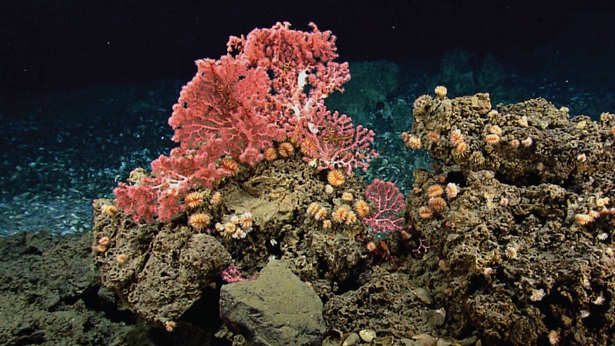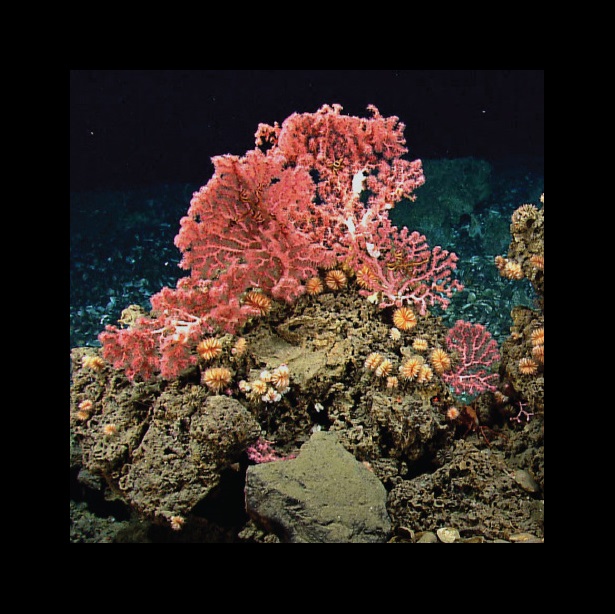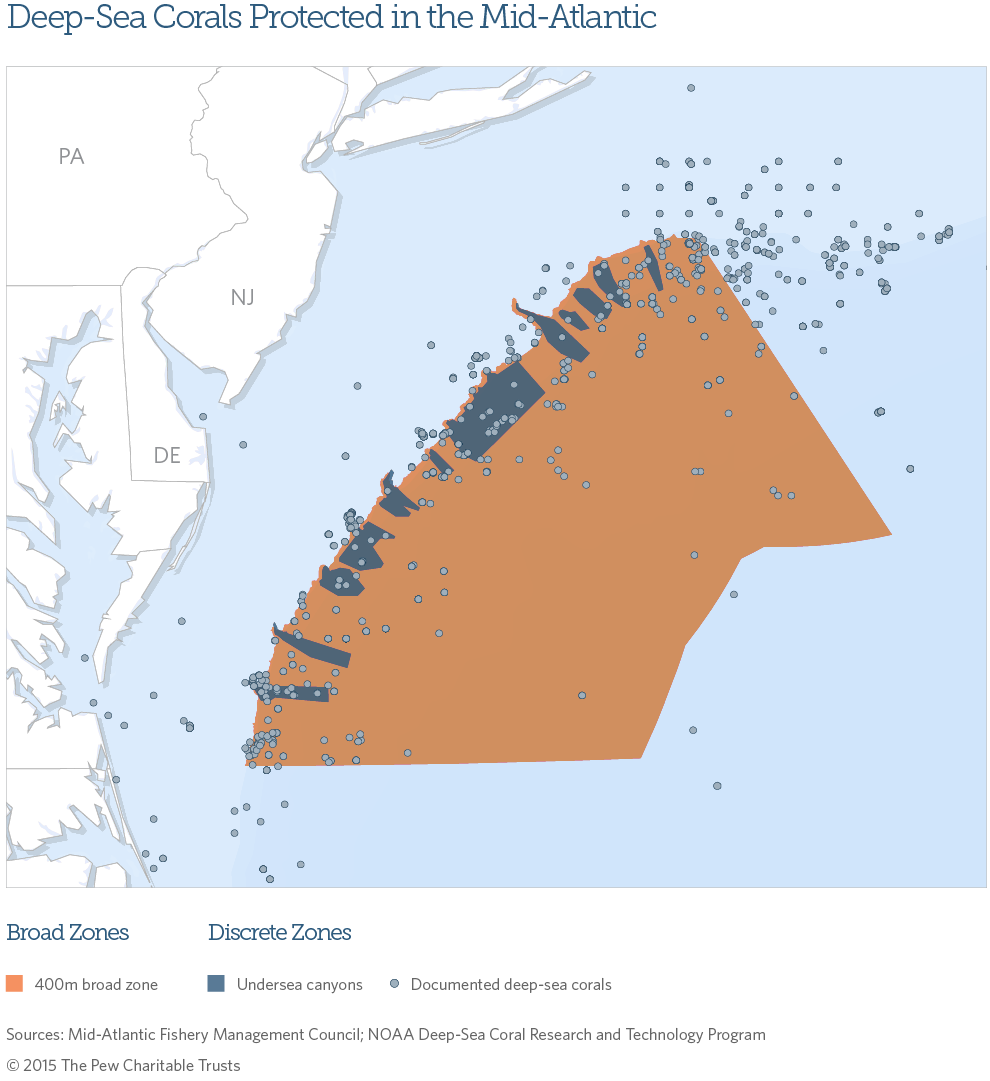Deep-Sea Corals Win Historic Protection
Federal fisheries officials in the Mid-Atlantic voted on June 10 to create the largest protected area in U.S. Atlantic waters, a roughly 38,000 square-mile region where scientists have found an abundance of deep-sea corals. For comparison, that's almost the size of the state of Virginia.
This area roughly parallels the coast from Virginia to New York, starting in some cases as close as 70 miles from shore along the edge of the continental shelf. There, undersea canyons thousands of feet deep are home to an extraordinary variety of life, from familiar squid and fish to bizarre sea spiders and long-nosed chimera.
Those fascinating creatures and many others depend on the habitat provided by deep-sea corals, which grow slowly over hundreds of years in the cold, dark depths of the sea. But they are easily toppled or broken by fishing gear that scrapes along the sea floor. Once damaged, the corals can take centuries to recover.
That’s why the vote by the Mid-Atlantic Fishery Management Council is so important. The designation prohibits the use of the most damaging forms of fishing gear at depths greater than 1,450 feet, an area that includes most of the corals scientists have found in the region.
Much of what we know about these unique coral structures is due to exploration by scientists at the National Oceanic and Atmospheric Administration (NOAA). Dives by the robotic submersible aboard NOAA’s special scientific vessel, the Okeanos Explorer, revealed an abundance of life in the deep seascape off the Mid-Atlantic coast.
And thanks to modern technology, thousands of people, including me, watched a live-stream video from the ocean floor as scientists attempted to identify the creatures that came into view.
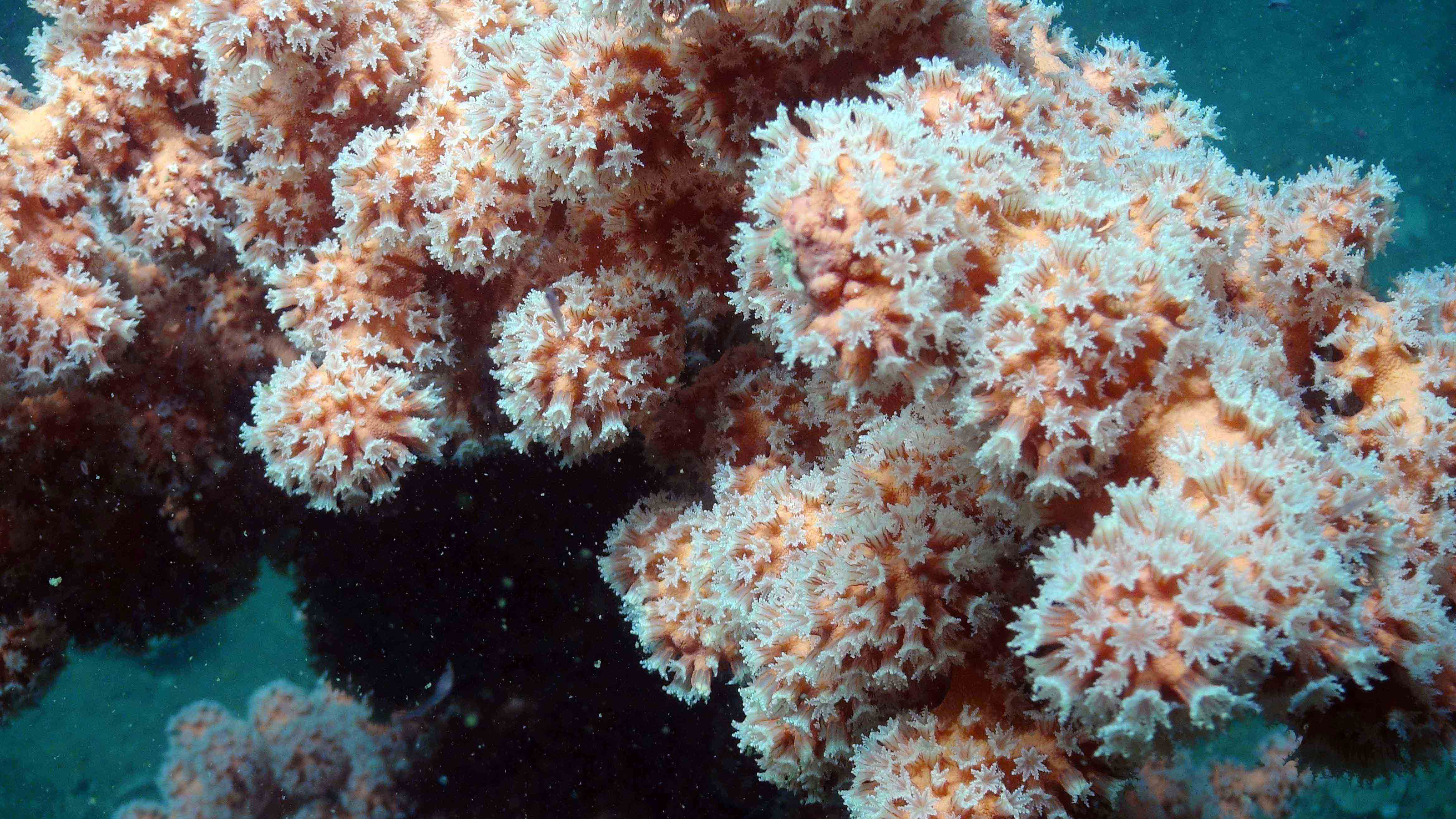 © NOAA Okeanos Explorer program, Bureau of Ocean Energy Management, and U.S. Geological Survey
© NOAA Okeanos Explorer program, Bureau of Ocean Energy Management, and U.S. Geological SurveyGiant paragorgia coral in Norfolk Canyon.
Those amazing images sparked people’s sense of wonder about life in the deep sea, and the resulting public interest in protecting the corals has been remarkable: Nearly 120,000 people commented on the council’s proposal, with the vast majority urging action to keep corals safe.
As the agency that sets policy for how, when, and where we fish our oceans, NOAA Fisheries now must take the final step to approve and implement the council’s decision. That action would cement a conservation legacy for the Mid-Atlantic and, hopefully, inspire other U.S. fisheries officials to identify and protect the deep-sea corals in their regions.
Peter Baker directs ocean conservation in the northeastern U.S. for The Pew Charitable Trusts.


America’s Overdose Crisis
Sign up for our five-email course explaining the overdose crisis in America, the state of treatment access, and ways to improve care
Sign up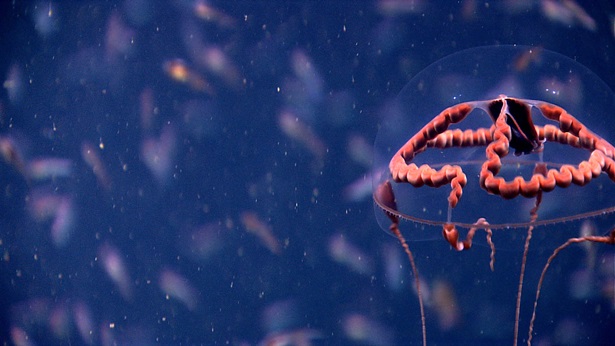
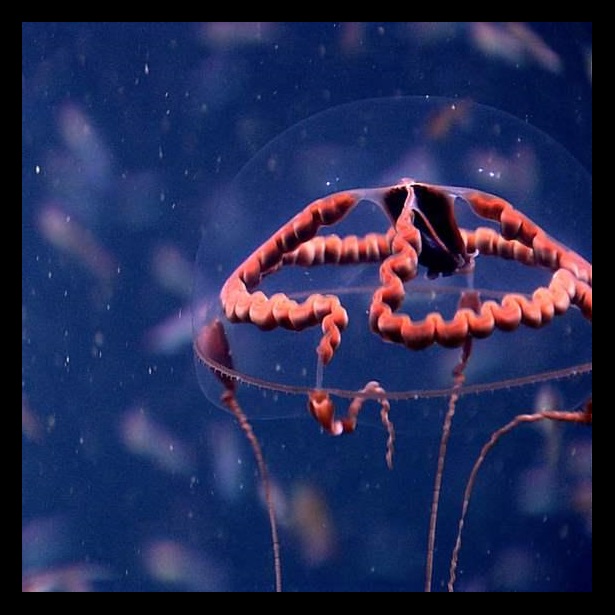
Top 10 Corals and Creatures in Mid-Atlantic’s ‘Deep-Sea Backyard’
